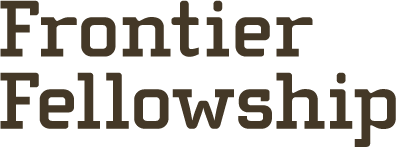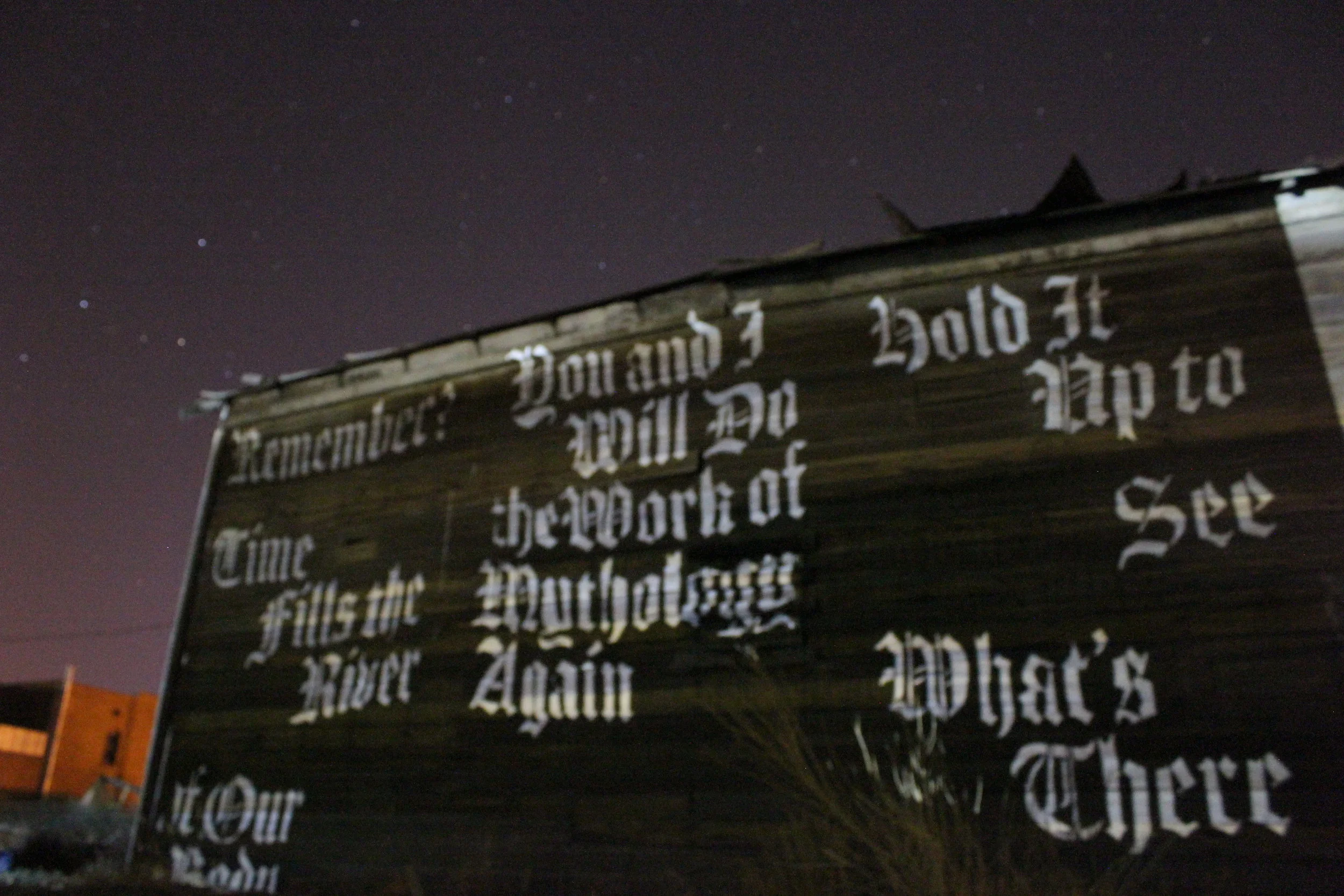Katie Hargrave

Katie Hargrave is a professor of art and the Foundations Coordinator at the University of Tennessee Chattanooga. Her work has been shown at DIY spaces, commercial galleries, non-profits, and festivals, including Weinberg-Newton Gallery in Chicago; the Manifesta Biennial in Murcia, Spain; the Soap Factory in Minneapolis, MN, to name a few. She is a member of the collaborative groups “The Think Tank that has yet to be named” and “Like Riding a Bicycle.” She’s interested in exploring spaces for informal education within her work, places where people can share their skills and stories. Her work is responsive to environments, develops over time, and is co-created with participants as well as collaborators.
I’ve been here before. I mean that sentence in a number of ways. I attended the 2016 Summer Summit that Epicenter organized and I drove through town last year on my way across country, but also the feeling of deja vu that happens when you have interactions that feel familiar to others across your history. Green River feels comfortable and welcoming in that regard: welcoming people, beautiful vistas, quiet time spent exploring and contemplating. One of the blessings of a residency is that a new context brings new meaning; even experiences that are similar to those you might have at home are imbued with importance, excitement, and exploration.
The Epicenter team has helped me to utliize the resources and support of this community into a new project. Before I arrived, we discussed possibilities and desires. I wanted to make a public interactive project of some sort, and the Epicenter team told me they were trying to explore inexpensive demonstration projects that could occur on vacant lots. Together, we came up with the idea to create a Labyrinth that would be a meditative space with self-reflective questions and spaces for interactive responses. Through the use of colorful visual language and the creation of a contemplative experience, the Green River Labyrinth constructs a space that asks participants to consider themselves. Labyrinths are meant to be places for reflecting in motion, contemplating questions about their experiences and ultimately allowing participants to engage with the path by leaving responses in chalk at various point along the path. Overtime, the responses to space and place with collect, be washed away by late summer monsoons, and collect again.
Project site before. Outward Bound groups helped clean up the lot and install the Labyrinth.
Project site after weeding and leveling.
Project site with finished gravel and Labyrinth.
The circular path of the labyrinth was divided into sections based on three main statements: “I was _______. I am ________. I will be ________.” Each section of the path was framed with questions for participants to consider about various aspects of their life. At the entrance to the labyrinth participants take a piece of chalk and response to one of the questions along the path. Engagement with the labyrinth ideally provides participants with time and space to contemplate their desires in a lighthearted way, while the piling of the response rocks will eventually become a fleeting archive of possibility. In the short time that it has been installed, I have been excited by the responses, which seem like genuine reflections on a participant’s experience.
No project is ever completed along, and for this project, I have to thank the Colorado Outward Bound groups that came through town and helped to weed the site and install the project. We had two groups—one my first full day in Green River, and the second half way through my time here. They were both eager to help and excited about the project. I love working with youth, and was deeply impressed by their hard work, humor, their questions about my artistic practice, and their reflections on the project as a whole. One coincidence that we could not have planned: the second group of volunteers were headed into Labyrinth Canyon the same day as we installed the finished piece! I hope the last leg of their trip was super fun and rewarding.
Projects evolve, and in an ideal world they are iterative. I am excited when one thing leads to the next and I can think about how different contexts change the work. In this case, I am have been invited to work with the Youth Garden Project in Moab on a distributed version of the project. Rather than being installed on an empty lot, the questions were placed throughout the entirety of the community nibble garden and the youth, visitors, and volunteers will be invited to move through the garden and reflect. I find gardens to be contemplative places already, and I am excited to have had the opportunity to add to the lively space of the Youth Garden Project.
Residencies provide time, space, and context in which to explore your practice. In addition to the public project, I have been exploring the region, reading about geology, history, public space, and tourism. This research has led to a number of studio tests which will fuel my practice upon my return home. I’ve been lucky to have been taken rockhounding, watched the sun rise on solstice at a site of Native American petroglyphs, explored the new and old sections of Bear’s Ears, and many more adventures. I do not feel like any of the explorations within the studio are complete yet, but I find myself wondering about what I can accomplish next and when I will return to the wild spaces of Utah to continue pushing my artistic practice. I am grateful for the time that Epicenter has given me in this regard.
Reading List:
John McPhee, Annals of the Former World
Terry Tempest Williams, Red
Edward Abbey, Desert Solitaire
Mary Hunter Austin, The Land of Little Rain
Ted Purves, What We Want Is Free: Generosity and Exchange in Recent Art

















